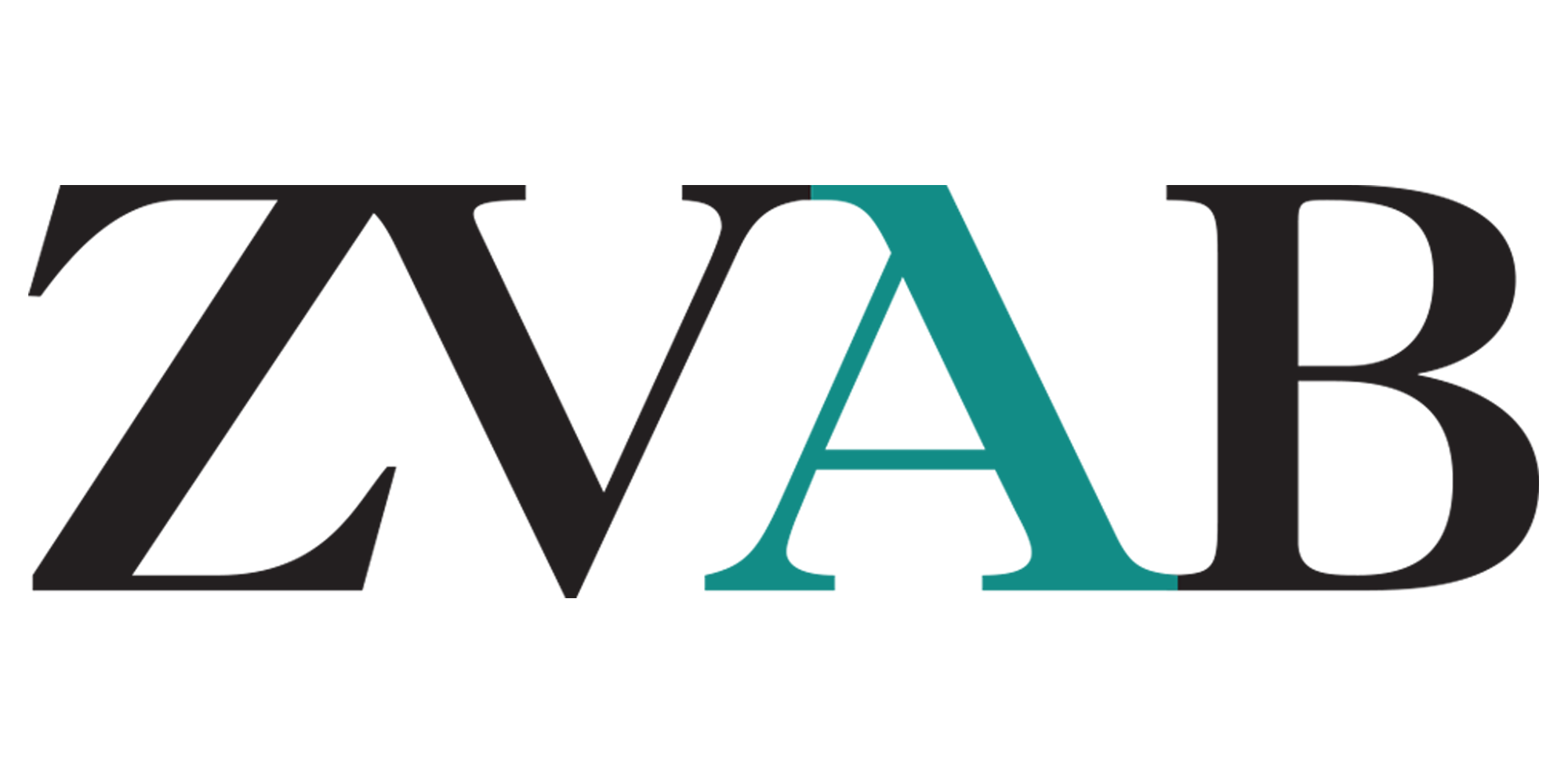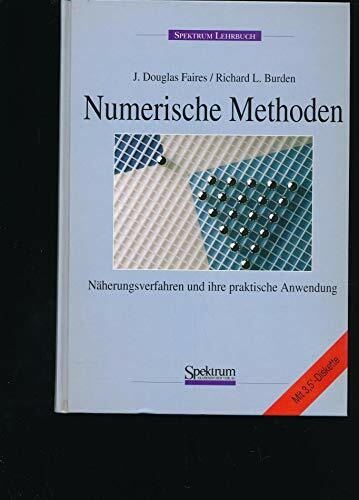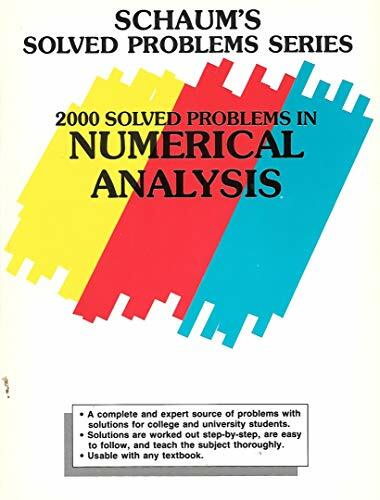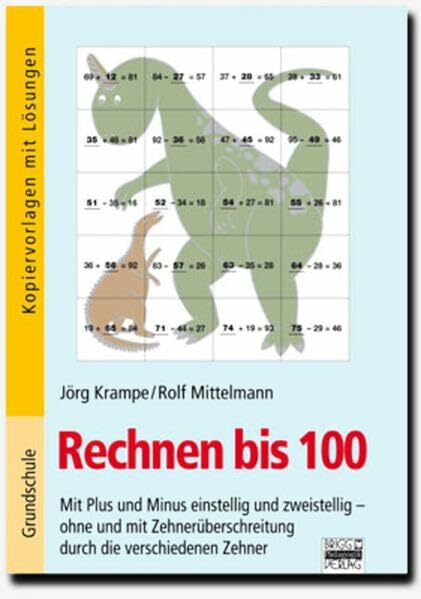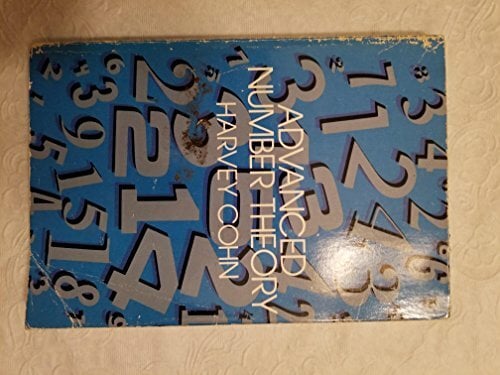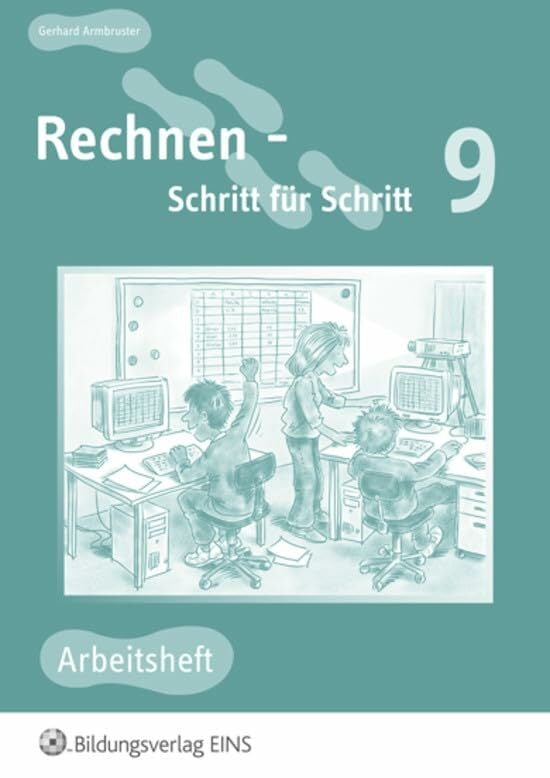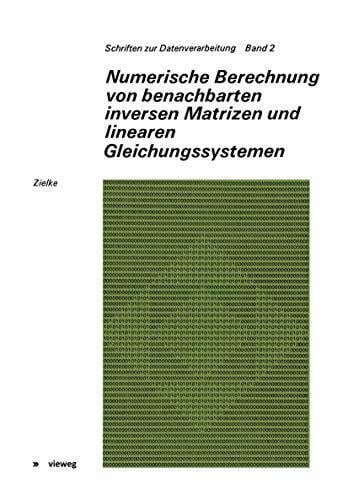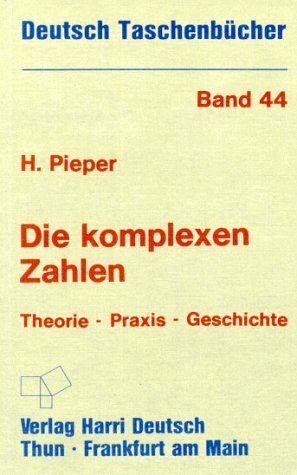
Residue Number Systems
Kurzinformation
inkl. MwSt. Versandinformationen
Artikel zZt. nicht lieferbar
Artikel zZt. nicht lieferbar

Beschreibung
There has been continuing interest in the improvement of the speed of Digital Signal processing. The use of Residue Number Systems for the design of DSP systems has been extensively researched in literature. Szabo and Tanaka have popularized this approach through their book published in 1967. Subsequently, Jenkins and Leon have rekindled the interest of researchers in this area in 1978, from which time there have been several efforts to use RNS in practical system implementation. An IEEE Press book has been published in 1986 which was a collection of Papers. It is very interesting to note that in the recent past since 1988, the research activity has received a new thrust with emphasis on VLSI design using non ROM based designs as well as ROM based designs as evidenced by the increased publications in this area. The main advantage in using RNS is that several small word-length Processors are used to perform operations such as addition, multiplication and accumulation, subtraction, thus needing less instruction execution time than that needed in conventional 16 bitl32 bit DSPs. However, the disadvantages of RNS have b. een the difficulty of detection of overflow, sign detection, comparison of two numbers, scaling, and division by arbitrary number, RNS to Binary conversion and Binary to RNS conversion. These operations, unfortunately, are computationally intensive and are time consuming.
Produktdetails

So garantieren wir Dir zu jeder Zeit Premiumqualität.
Über den Autor

- paperback
- 172 Seiten
- Erschienen 2023
- Springer

- paperback
- 576 Seiten
- Erschienen 1992
- Vieweg+Teubner Verlag
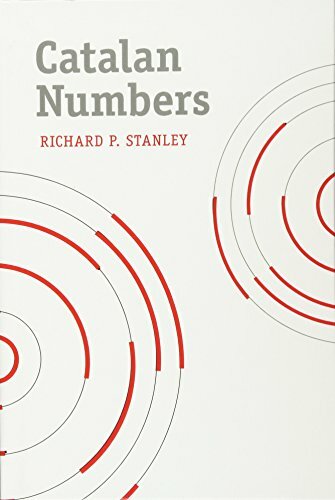
- hardcover
- 224 Seiten
- Erschienen 2015
- Cambridge University Press

- Hardcover -
- Erschienen 1992
- Cambridge University Press

- Gebunden
- 314 Seiten
- Erschienen 2008
- Birkhäuser

- Gebunden
- 418 Seiten
- Erschienen 2009
- Springer

- Kartoniert
- 392 Seiten
- Erschienen 2011
- Springer

- paperback
- 256 Seiten
- Erschienen 2010
- Springer




